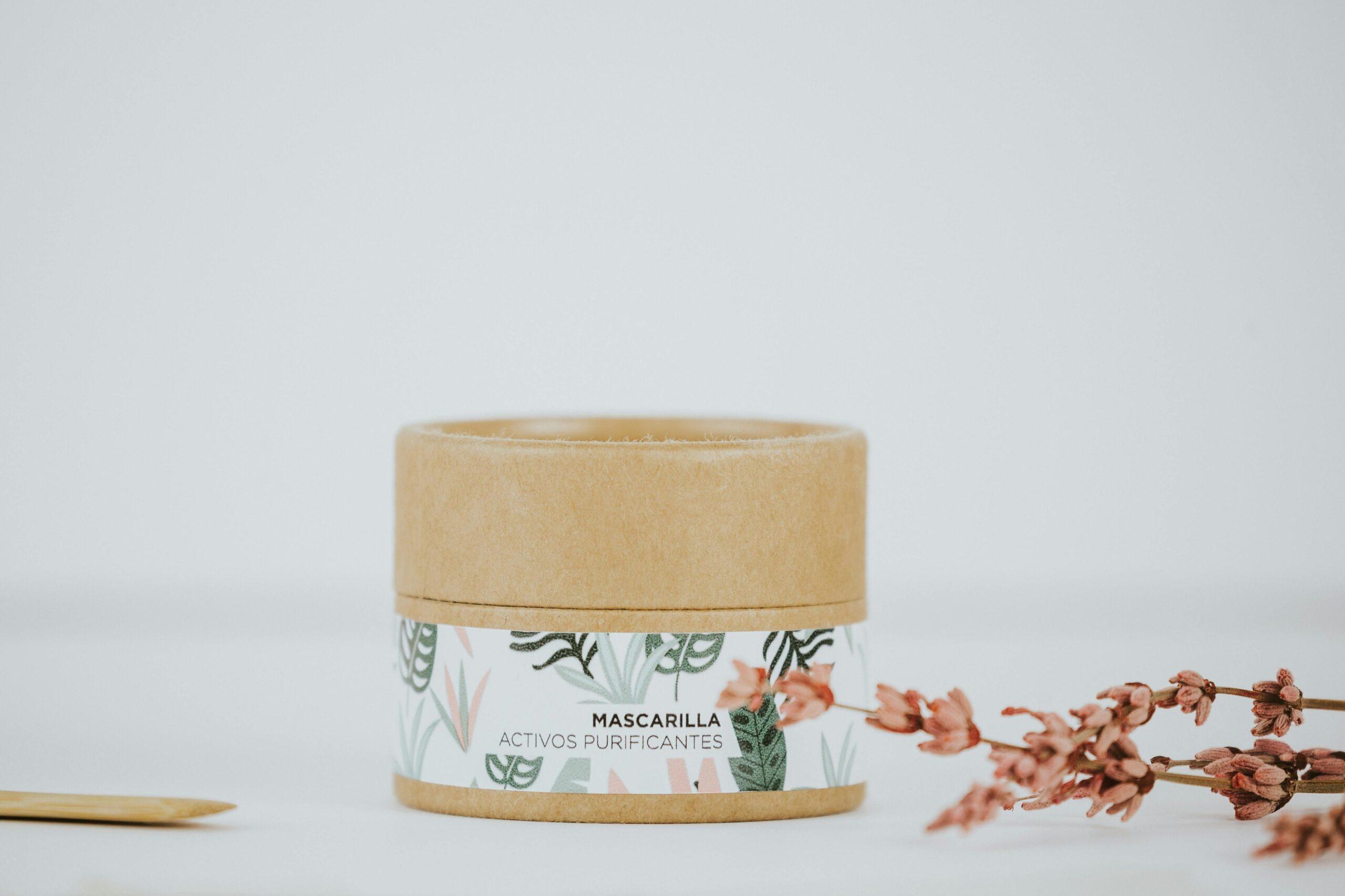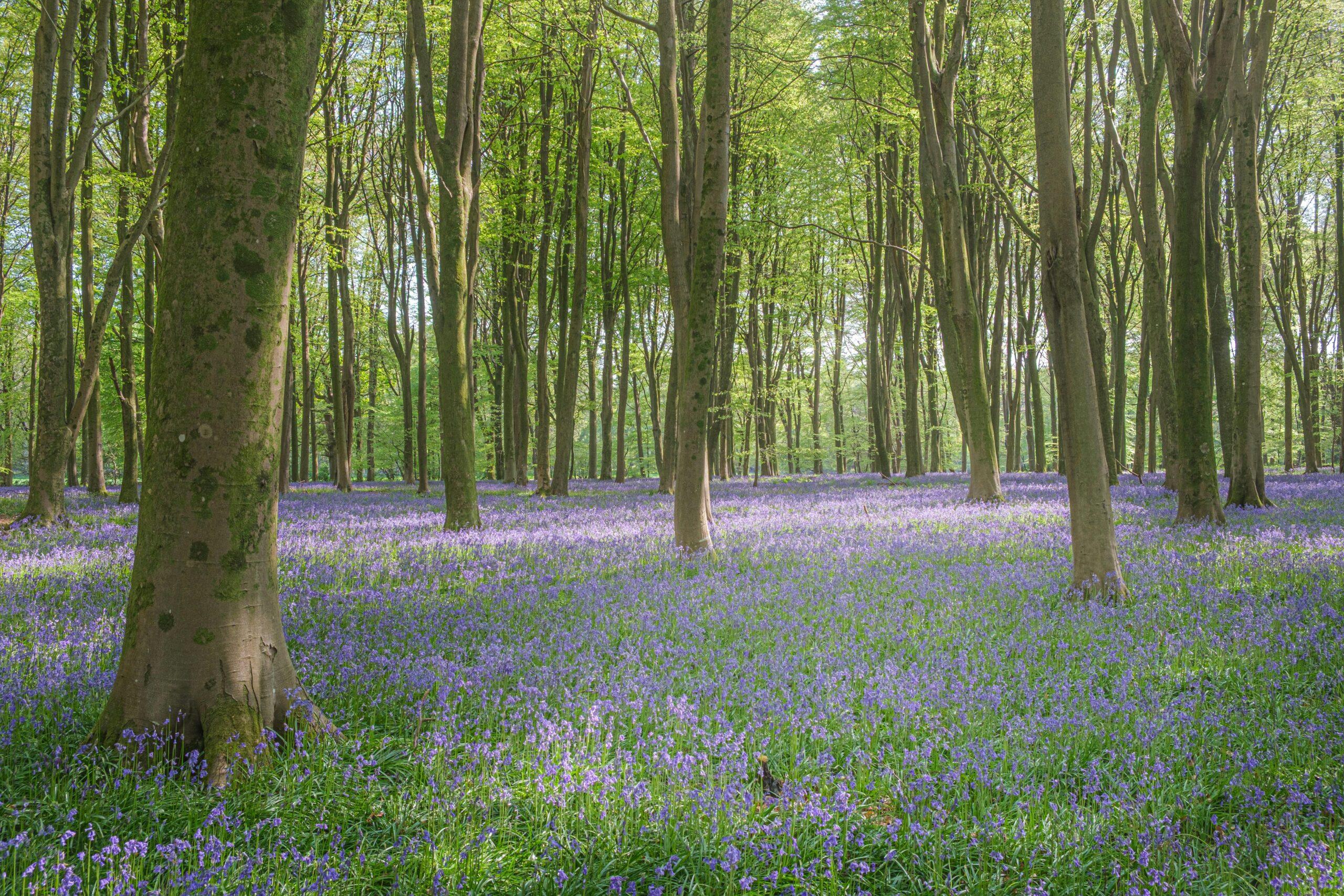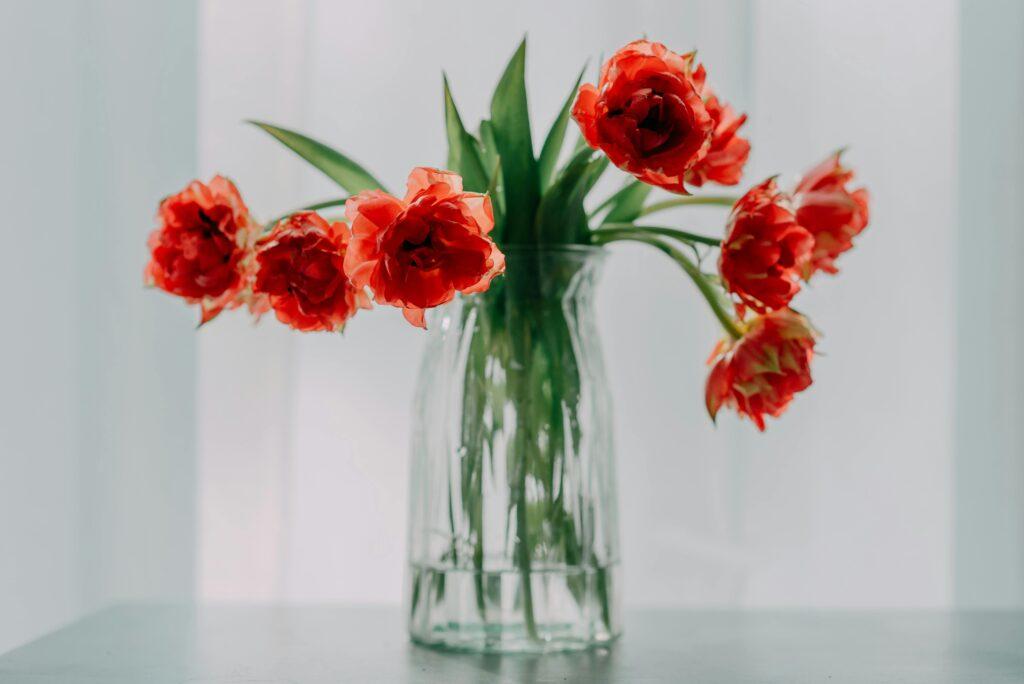“Have you ever wondered why your DIY skincare routine feels like a Pinterest fail? Spoiler alert: it might be your ingredients.”
Welcome back, beauty enthusiasts! If you’ve been chasing that “lit-from-within” glow but keep landing on “just rolled out of bed,” you’re not alone. But here’s the thing—what if the secret isn’t in a $500 serum, but in something as simple (and stunning) as seasonal blooms? Intrigued? You should be.
In this post, we’re diving deep into the world of organic flowers and how they can transform your skincare game. We’ll cover:
- The problem with conventional beauty products
- A step-by-step guide to using seasonal blooms in your routines
- Tips for sourcing the best organic flowers
- Real-life examples of flower power success stories
- An FAQ section to squash all your doubts
Key Takeaways
- Organic flowers are packed with antioxidants and natural nutrients that nourish skin and hair.
- Switching to seasonal blooms reduces environmental impact while boosting your beauty routine.
- You don’t need complicated recipes—simple petals can work wonders!
Why Conventional Beauty Products Aren’t Cutting It Anymore
Let’s get real for a second. Remember that time I slathered my face with some “miracle” cream only to wake up looking like a tomato emoji? Yeah, me too. And guess what? That bottle had more chemicals than a chemistry lab. Yikes.
Conventional beauty products often contain synthetic fragrances, parabens, and sulfates—all culprits behind irritation, breakouts, and long-term health concerns. The good news? Mother Nature is way cooler than big-brand marketing gimmicks. Enter organic flowers.
Flowers like calendula, chamomile, rose, and lavender have been used for centuries in skincare rituals worldwide. These aren’t just pretty faces; they come loaded with vitamins, antioxidants, and anti-inflammatory properties perfect for achieving that dewy complexion without the guilt.

Alternative Text: A visual comparison between harsh chemical-based formulations and soothing plant-based alternatives.
How to Incorporate Seasonal Blooms Into Your Routine
Optimist You: *“OMG, I’m starting today!”*
Grumpy You: *“Hold up—are we really going full botanist now?”*
Fair point. Don’t worry, though—you won’t need a PhD in botany to ace this. Here’s how to start incorporating seasonal blooms into your life:
Step 1: Choose the Right Flower for Your Skin Type
- Rose: Packed with Vitamin C, ideal for hydration and brightening dull skin.
- Chamomile: Soothes sensitive or irritated skin like a warm hug.
- Lavender: Perfect for oily or acne-prone skin due to its antibacterial qualities.
Step 2: Make a Simple Infusion
- Pick fresh, pesticide-free flowers (local farmers’ markets are goldmines).
- Boil water, then steep the petals for 10 minutes.
- Strain and use the liquid as a toner or mix it into DIY masks.

Alternative Text: Illustration showing the process of boiling water, adding flowers, and straining the mixture.
Step 3: Store Properly
Keep infusions in sterilized glass bottles in the fridge for up to a week. No preservatives = no shelf stability.
Tips for Sourcing Organic Flowers
If you’re anything like me, you’ve probably Google-d every “clean beauty” brand under the sun. Spoiler: Not all are created equal. To avoid falling prey to greenwashing, follow these tips:
- Check Certifications: Look for USDA Organic or similar labels.
- Shop Local: Farmer’s markets often sell fresher picks than grocery stores.
- Grow Your Own: Yes, even if you live in an apartment—basil counts as a start.
Real-Life Examples of Flower Power
Still skeptical? Let me hit you with some proof. Take Emma Watson, for instance. The actress swears by her DIY rosewater mist for keeping red carpets #flawless. Or consider brands like Herbivore Botanicals, which base entire product lines around floral extracts. People rave about their results—and for good reason!

Alternative Text: Emma Watson holding a bottle of rosewater spray during an interview.
FAQ Section
Can I Use Flowers Directly on My Skin?
Totally possible, but proceed with caution. Some flowers may cause allergies or irritation. Always do a patch test first.
Where Can I Find Seasonal Blooms Year-Round?
While certain blooms are tied to seasons, many florists offer greenhouse options. Check local co-ops or online retailers specializing in organic goods.
Conclusion
Glowing skin doesn’t have to come from questionable jars. By embracing seasonal blooms, you’re not just upgrading your beauty routine—you’re supporting sustainable practices and reconnecting with nature, one petal at a time.
Stay gorgeous, eco-warriors.
Like a Tamagotchi, your skincare needs daily care—and love.


